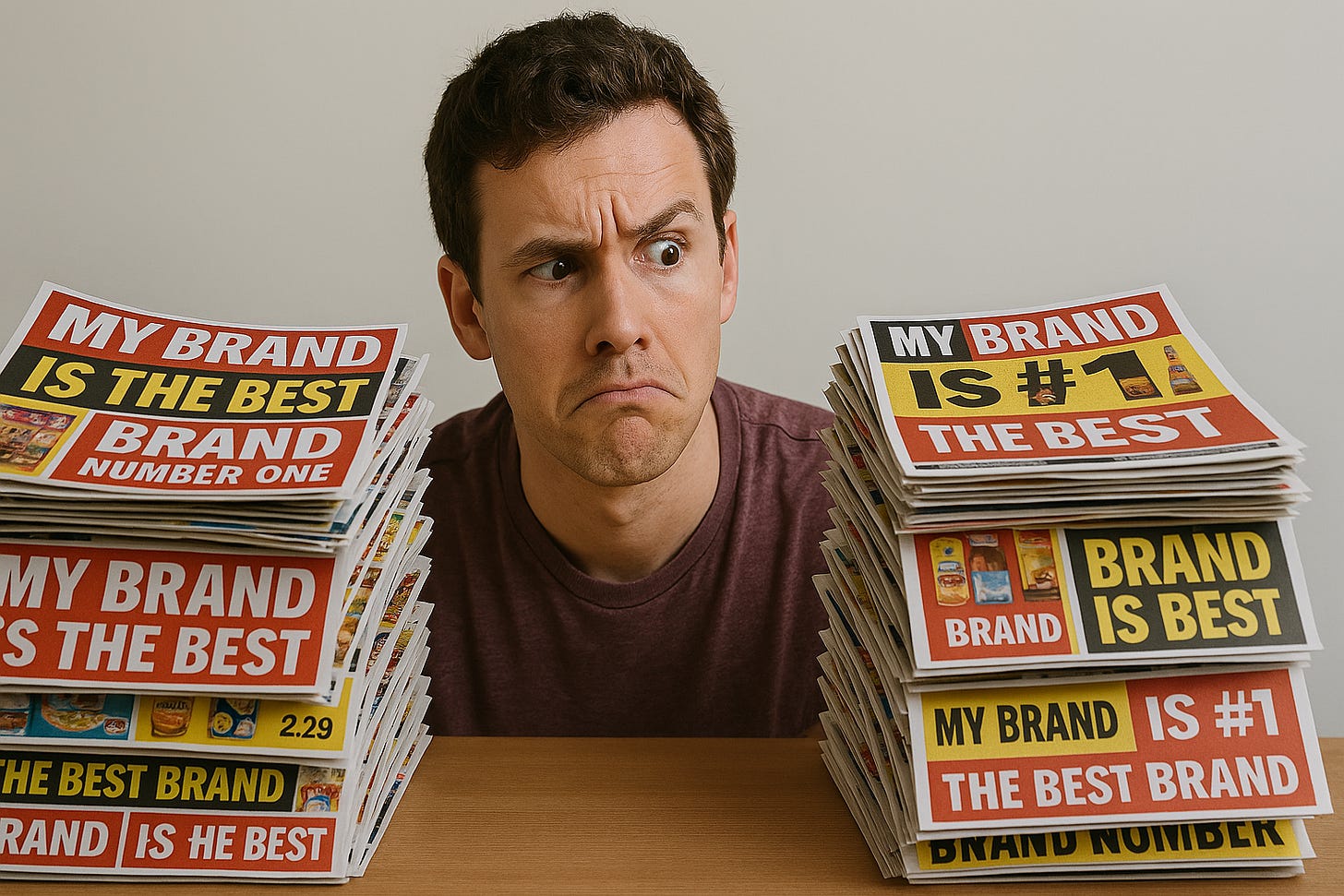Redefining Brand Lift
A New Approach to Always-On, Syndicated, Hybrid-AI Measurement
Brand lift measurement, while not a new category of research, became commonplace in the 1990s with the rise of online advertising. It began in 1997, when the fledgling IAB and Millward Brown (now Kantar) teamed up on a landmark research project to validate the effectiveness of internet advertising for brand marketers. The study was ambitious in its scope and methodology: it involved over 17,000 participants and was the first to apply a rigorous experimental design at scale in digital advertising. The final report (link) confirmed a link between exposure and impact, leading to the widespread adoption of brand lift as a method to assess advertising effectiveness.
I was fortunate to be part of that early wave. Back then, running a study meant hard-coding HTML ads with page redirects, primitive Web 1.0 tactics. Netscape was still king. A few months later, we were using JavaScript and ad servers, and I was telling friends to ditch Altavista and check out this cool little search engine called Google. I recall a presentation that Rex Briggs (who was running Millward Brown Interactive at the time) gave where he used a coffin to represent that the click-through had died as a metric. But despite the advances in tech and rapid pace of change, brand measurement always struggled to compete with metrics like click-through rates (then still in the double digits) because it just didn’t scale.
Today, brand lift remains a specialized and costly tool, constrained by its reliance on survey-based methods and limited in its scalability. While the industry has matured into a $500–$700M TAM, it lags behind more ubiquitous, programmatic metrics such as ROAS, CPC, and CPV, primarily because those metrics are available across all impressions. By contrast, brand lift remains a premium metric, limited to major campaigns due to its reliance on human participation and survey sampling. Even the most recent campaign measurement technologies such as engagement are scaling faster and more ubiquitously than brand lift.
As digital advertising has become more fragmented and always-on, traditional approaches to brand measurement have failed to keep up. They’re costly, slow, unscalable, and out of step with real-time marketing operations. I’ve already written here about the failure of brand measurement but don’t take that for me suggesting we discard traditional brand lift entirely, however, it's time for another step change.
What Brand Lift needs to become a part of the media ecosystem is first and foremost scale. Those of you that have read my piece on consumer panels know that I believe the future of measurement will be hybrid solutions and I think this is the perfect place to propose such an approach.
Enter a new model: hybrid-AI, syndicated, always-on brand lift measurement. You can read my proposal here.
Powered by AI, behavioral data, and predictive modeling, this approach offers marketers a real-time, scalable alternative to gauge brand performance. What you’ll find in the document is a proposal for a measurement protocol—intended to provoke conversation, test assumptions, and ultimately evolve how the industry thinks about upper-funnel metrics.
It’s likely this is far from what the market will get, and it’s assuredly very imperfect, but I’m casting this into the wind hoping to spark some much needed change.



